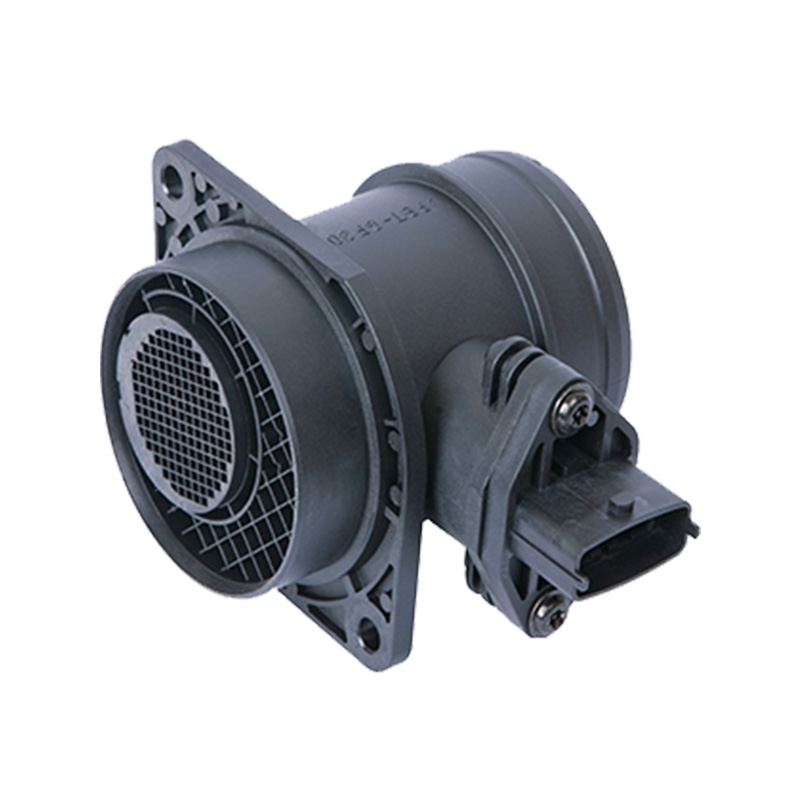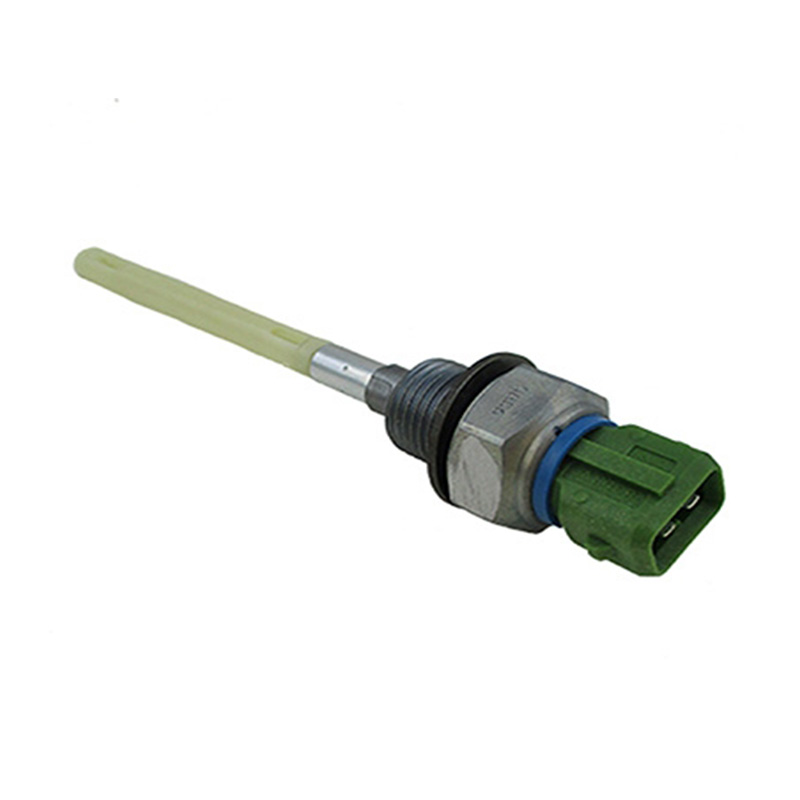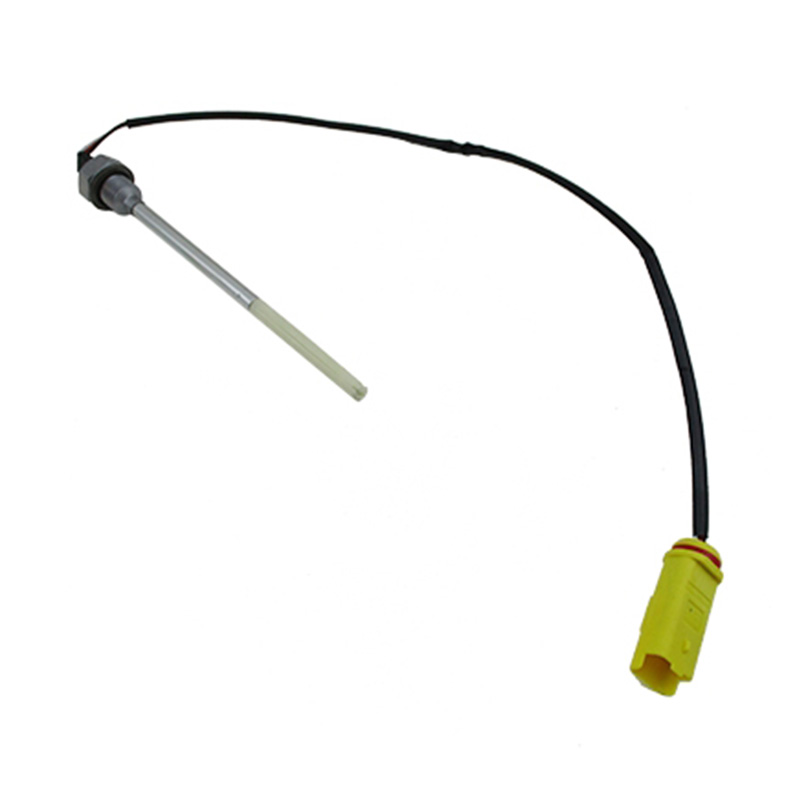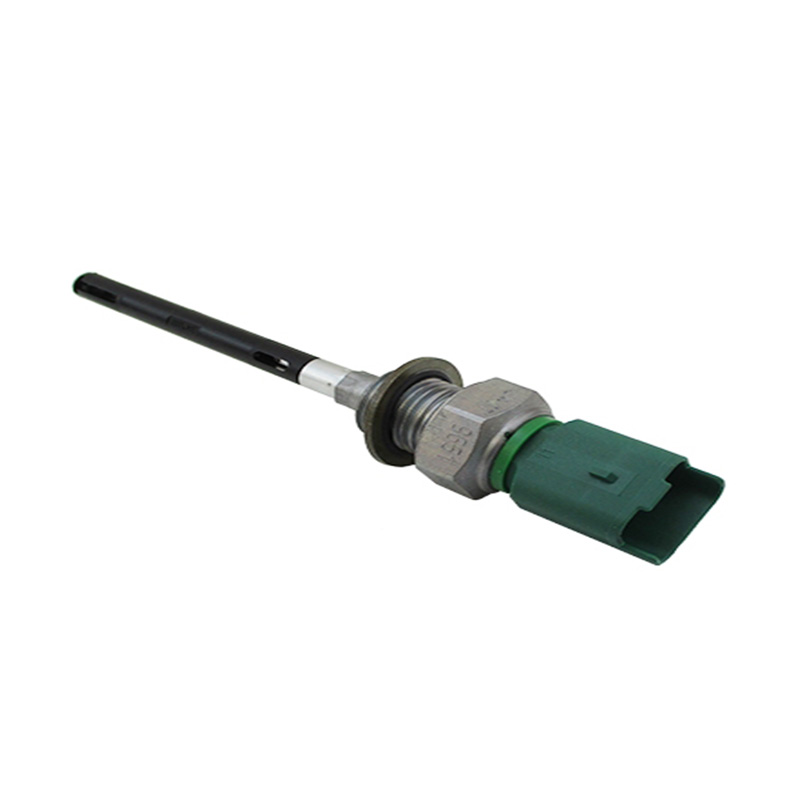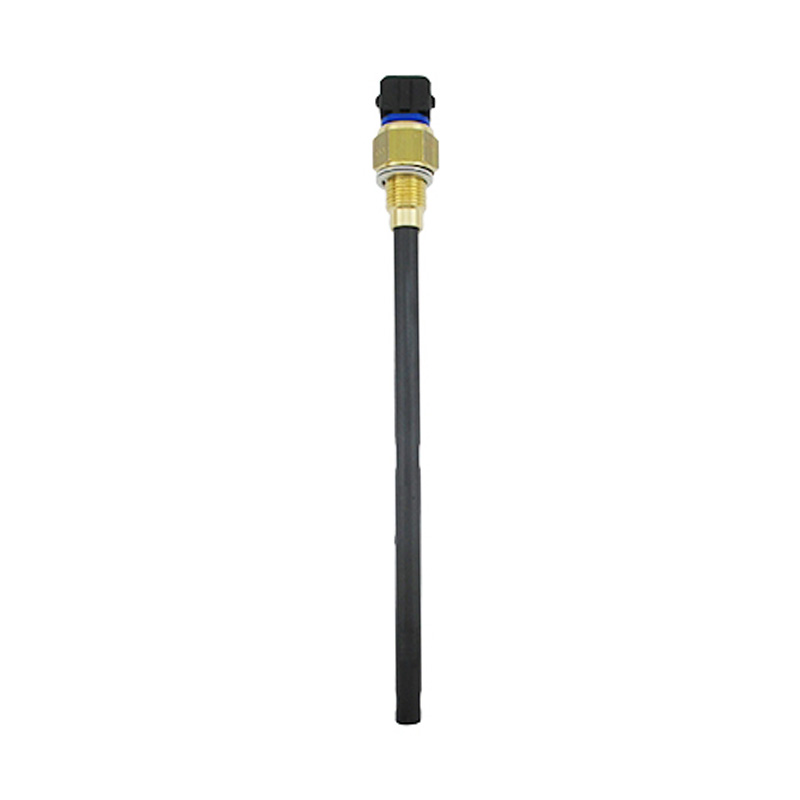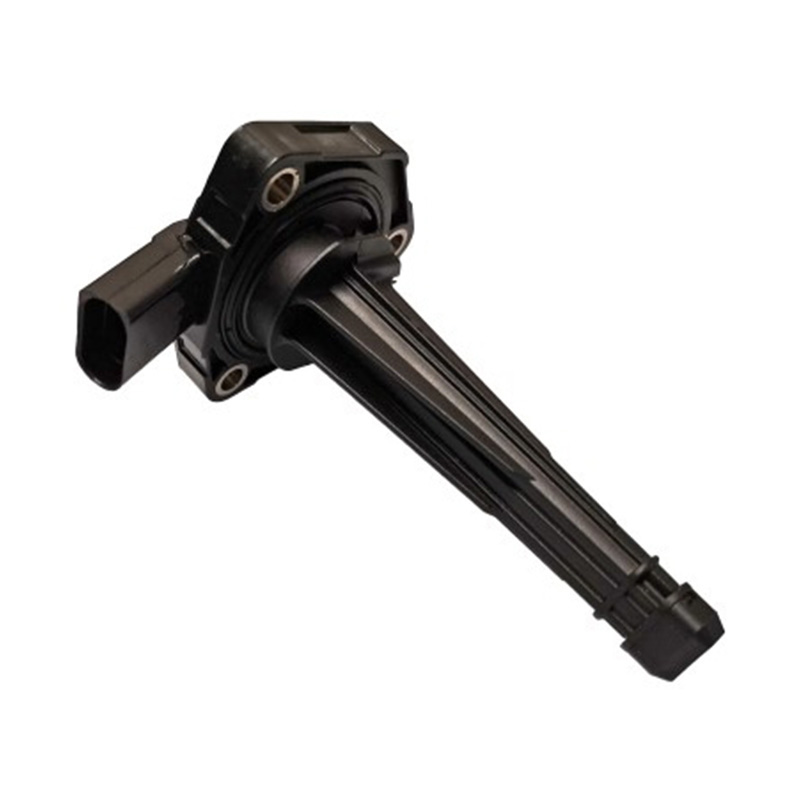OEM.NO: 0281 002 571
See DetailsThe Impact of Cold Air Intake Systems on Mass Air Flow Sensors and Air Flow Meter Sensors
In the realm of automotive performance enhancements, cold air intake systems have gained widespread popularity among enthusiasts seeking to optimize engine performance and efficiency. These aftermarket modifications promise increased horsepower, improved throttle response, and enhanced engine sound.
Understanding Cold Air Intake Systems:
Functionality and Benefits:
Cold air intake systems are designed to replace the stock air intake setup in a vehicle with a system that draws cooler ambient air from outside the engine bay. By providing a source of denser, cooler air, cold air intakes aim to improve combustion efficiency, increase air flow to the engine, and enhance overall engine performance.
Components and Design:
A typical cold air intake system consists of several components, including a high-flow air filter, intake tubing, and an air intake box or heat shield. The intake tubing is routed to a location outside the engine bay, such as the front bumper or fender, to capture cooler air and minimize heat soak from the engine.
Installation Considerations:
Proper installation of a cold air intake system is crucial to ensure good performance and compatibility with existing engine management systems. Careful attention must be paid to sensor placement, intake tubing routing, and the use of appropriate mounting hardware to prevent interference with other components and maintain proper airflow dynamics.
Impact on Mass Air Flow Sensors:
Altered Airflow Characteristics:
The installation of a cold air intake system can alter the airflow characteristics entering the engine, potentially affecting the operation of mass air flow sensors. The increased airflow volume and changes in air density may result in variations in sensor readings, professional to inaccurate fuel-air mixture calculations and potential drivability issues.
Sensor Calibration Challenges:
Cold air intake systems may present challenges in calibrating mass air flow sensors to accurately measure airflow under varying conditions. The different airflow dynamics introduced by the aftermarket intake system may require recalibration of sensor parameters to maintain good engine performance and fuel efficiency.
Potential Performance Gains:
Despite calibration challenges, properly tuned cold air intake systems have the potential to improve mass air flow sensor performance by providing a more consistent and cooler air supply to the engine. This can result in increased horsepower, torque, and throttle response, enhancing overall driving experience.
Impact on Air Flow Meter Sensors:
Compatibility Issues:
Some vehicles may utilize air flow meter sensors instead of mass air flow sensors to measure airflow into the engine. Cold air intake systems may present compatibility issues with air flow meter sensors due to differences in sensor design, placement, or signal characteristics.
Sensor Relocation:
In cases where air flow meter sensors are used, the installation of a cold air intake system may require sensor relocation or modification to accommodate the new intake configuration. Proper sensor placement is essential to ensure accurate airflow measurements and prevent sensor damage or malfunction.
Potential Performance Enhancements:
Similar to mass air flow sensors, air flow meter sensors may benefit from the improved airflow characteristics provided by cold air intake systems. By delivering denser, cooler air to the engine, cold air intakes can enhance sensor performance and contribute to increased engine power and efficiency.
The cold air intake systems offer enthusiasts an opportunity to enhance engine performance and efficiency by optimizing airflow characteristics. However, the installation of these aftermarket modifications can impact the operation and performance of mass air flow sensors and air flow meter sensors. Proper installation, calibration, and compatibility considerations are essential to ensure that cold air intake systems integrate seamlessly with existing engine management systems and deliver the desired performance gains without compromising sensor accuracy or reliability.
